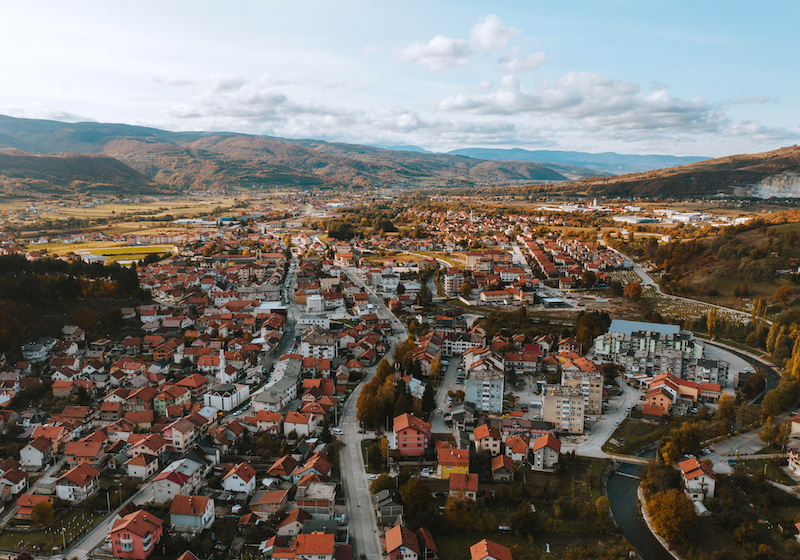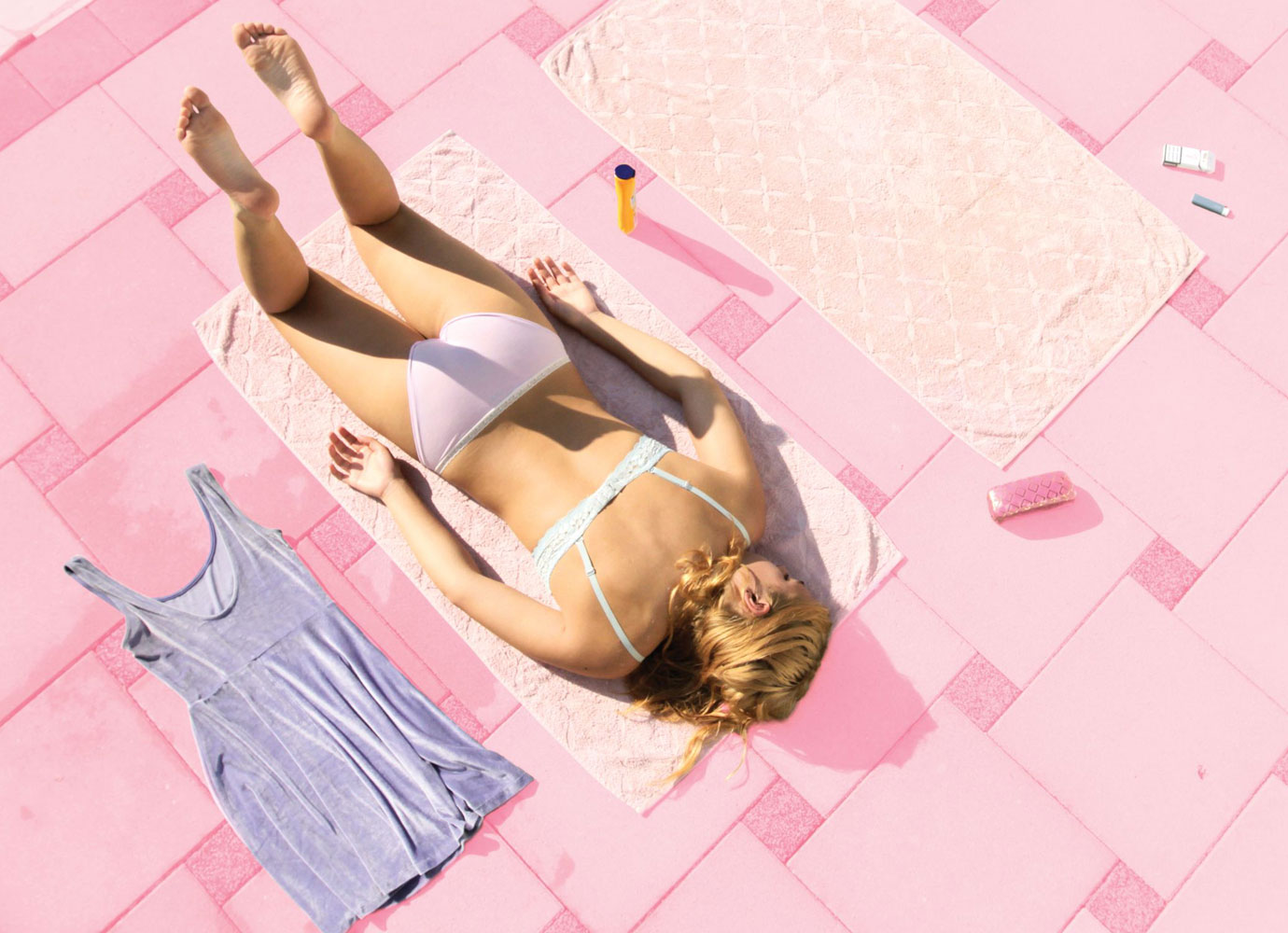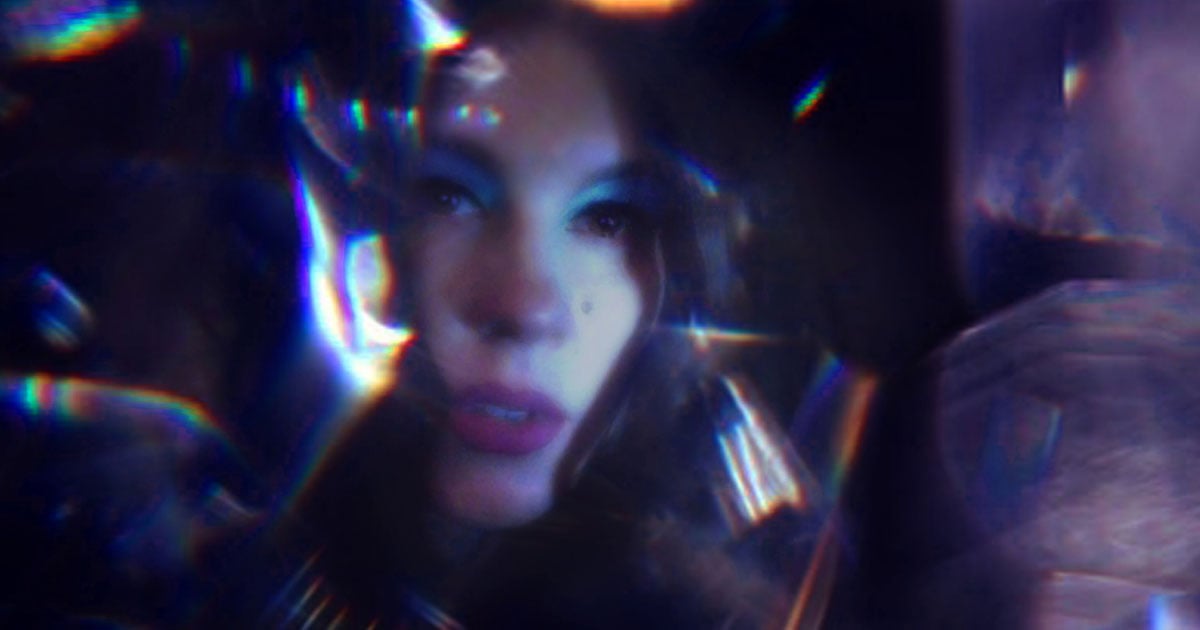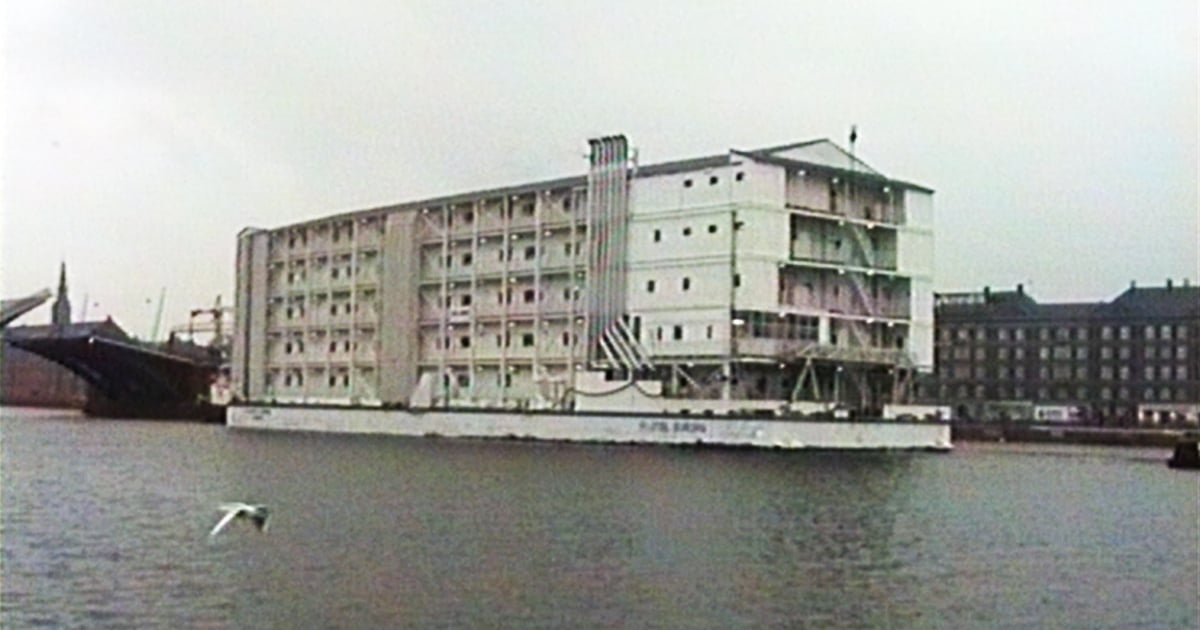Letter from Gornji Vakuf-Uskoplje: the Bosnian former frontline town blighted by lingering ethnic divides

Twenty-five years after the end of the Bosnian War, towns such as Gornji Vakuf-Uskoplje remain a testament to scars which are still yet to heal — with Croat and Bosniak children separately educated, and business split across a de facto demarcation line.
I meet 17-year-old Aris one afternoon at an open-air cafe in the small town of Gornji Vakuf-Uskoplje, Bosnia and Herzegovina. We drink iced chocolate-flavoured coffees while Aris talks about re-watching all six seasons of Gossip Girl for his mini-thesis for his high school International Baccalaureate degree. Aris would give anything to live on the Upper East Side of New York: “That’s the dream of a kid from Bosnia,” he tells me. Around us, the centre of the town is small and modest. A concrete-tiled town square sits lined with benches, where people congregate to cool down on summer afternoons. Nearby, people sit under the umbrellas of a cluster of cafes at all times of the day, sipping coffee or smoking cigarettes.
The buildings are painted in bright colours — yellow, peach, the occasional light blue — but there are reminders of the past here too. The occasional building is abandoned, or pockmarked with bullet holes. A few steps away from where we sit is the street that once marked a frontline in Bosnia’s larger ethnic conflict. This street still acts as the de facto demarcation line that divides the town today. Gornji Vakuf-Uskoplje, just like the nearby town of Mostar, is divided along ethnic and religious lines.
A few steps away is the street that once marked a frontline in Bosnia’s larger ethnic conflict. This street still acts as the de facto demarcation line
To an outsider, Bosnia and Herzegovina appears to have recovered from the Bosnian War that nearly tore the country apart in the 1990s. But as a young democracy, the country is still struggling with reconciliation and finding its footing amid rampant corruption. Nationalist politicians persistently stoke ethnic tension and retain a comfortable hold on the country. Instead of waiting for something to change, young people like Aris, growing up in a divided town and country, believe they have little reason to hope for a better life and turn their sights outward.
Gornji Vakuf-Uskoplje sits nestled in the Dinaric Alps, where lush foothills rise above the red clay tile roofs of even the tallest buildings. The streets are narrow and you could walk from one side of town to the other in 15 minutes. A single stoplight directs traffic between the street on the demarcation line and the main road that leads in and out of town. It’s a quiet town now, but in January 1993, Gornji Vakuf was split in two by a conflict that broke out between Croats and Bosnian Muslims — a mini-war that occurred simultaneously within the larger Bosnian War. Three hours away, Sarajevo had been under siege by Bosnian Serbian military forces since September 1992.
By the time the war ended in Bosnia and Herzegovina in 1995, more than 100,000 people had been killed and two million people were displaced from their homes. It was, and still is, the worst war that Europe has seen since the Second World War. The U.S.-brokered Dayton Peace Accords ended the armed conflict, but it also froze ethnic tensions in place between Bosnia’s three major ethnicities: Serbs, Croats, and Muslim Bosnians, or Bosniaks. The peace agreement created a complex governmental system that effectively split the country in half, into the Serb-majority Republika Srpska and the Croat and Bosniak-majority Federation of Bosnia and Herzegovina. The country is led by a unique three-member presidency, each representing their own ethnicity.
Image: Džan Ljubinčić
During the 1990s, Western governments referred to the Bosnian War as a civil war between the country’s three ethnicities. On the ground, nationalist politicians had nurtured grand dreams of breaking up Bosnia into ethnically pure regions of a greater Serbia, or a greater Croatia. There was death on all sides, but Bosniaks were disproportionately killed — 80 per cent of the victims were Muslim. The country has never quite recovered.
In 2001, the two sides of Gornji Vakuf that had been operating independently were joined by a hyphen. In the same way that the Dayton Accords tried to create a multi-ethnic country, the town joined friends and foes together under one name. And just like Bosnia and Herzegovina, Gornji Vakuf-Uskoplje was an imperfect union.
Twenty-five years after the war, the city is still as divided as the country. The town is split in half, with a Croat side and a Bosniak side. The ethnic Croatians call their side Uskoplje, while Bosniaks call theirs Gornji Vakuf. Both sides look the same, except for telltale religious markers: a church steeple located on one side of town, and a minaret rising above a mosque on the other. But the entire town still has the unmistakable traces of ricocheted bullets on its buildings. While some reconstruction has begun in recent years, both sides share the same scars.
Most people in Gornji Vakuf-Uskoplje don’t normally cross the street that acts as a demarcation line unless they have to. Each side of the community has its own banks, cafes, restaurants, elementary schools, stores, and even post offices. And the rest — municipal offices, the police station, a fast food restaurant, grocery stores — are located on the line, right in the town centre. One of the only buildings that both sides share is the town’s high school. The only high school in Gornji Vakuf-Uskoplje is located on the Croat side.
Aris lives on the Bosniak side of Gornji Vakuf-Uskoplje. He is Muslim, but his father is from Croatia. He calls himself a Croat-Muslim, which is a paradox in Bosnia. Ethnicity in the country is often tied to religion and nationality. For the most part, if a person is a Bosniak, then they are Muslim; Croats are Catholic, while Serbs are Eastern-Orthodox.
Growing up in Croatia as a Muslim, Aris’s father lived in a religiously diverse community, and he taught this kind of tolerance to his children as they grew up in Bosnia. Aris’s pale skin and brown hair looks no different than any other teenager in his town. But because there are no physical characteristics that differentiate Serbs, Croats, or Bosniaks, people instead use names to identify ethnicity and religion. Aris, with his non-Christian name, is usually called Bosniak.
Aris agrees to give me a tour of his town and we head toward the demarcation line. The roads all around us were unpaved and looked newly excavated, but had been left un-repaired for almost a year. Shopkeepers water the dry streets in vain — the sun would quickly turn the mud back to dust just in time for a car to kick up a gritty cloud. Aris says that local politicians will probably leave the roads unfinished while pocketing the construction money.
Once on the Croatian side, we walk by older men drinking coffee and smoking in cafes, similar to the other side of town. We pass a crumbling building, overgrown with weeds and trees. It looked out of place sitting next to a building with a pale facade that had boxes with red flowers hanging from its balcony. Aris says that the town had seen some further development in the last five years with new businesses and buildings, but for those who can’t afford restorations, buildings are left abandoned.
Croatian students enter their school on the ground floor with a sign that says Uskoplje High School. Bosniak students use a separate entrance with a staircase leading to the top floor, and a sign that welcomes them to Gornji Vakuf High School.
Aris is unique in that he doesn’t mind crossing the road that divides the city. When Aris went to high school here, he trekked over the line every morning, and then back to his side every afternoon. He takes me to his old high school, a pale-yellow, two-story building with a paved courtyard out front. I can see two separate entrances leading inside the segregated school building, a system known in Bosnia as “Two Schools Under One Roof” which remains in place at some 50 schools across the country. Croatian students enter their school on the ground floor with a sign that says Uskoplje High School. Bosniak students use a separate entrance with a staircase leading to the top floor and a sign that welcomes them to Gornji Vakuf High School. They have different lunch breaks, so, if students do interact, it’s usually outside of school, or in sports clubs. Many students don’t learn about the war in school. If they do, it’s often a one-sided narrative.
A little way behind the school is a Croat memorial dedicated to fallen soldiers during the war. The stone monument stands high up out of the ground and in its core is a hollowed-out cross. Toward the foot of the monument is a checkered Croatian coat of arms. A Croat secessionist flag flies nearby — the same group that participated in the conflict in the town 15 years ago, and still wants to create a “Greater Croatia” today. Across the street, there is a bar where Aris tells me old Croat men get drunk and yell out slurs if they see any Bosniaks pass by. We then cross back to the Bosniak side of town where Aris takes me to the Bosniak memorial. It is a modest dedication to their fallen soldiers inscribed into a black rock with a smooth face. A small Fleur-de-lis, a popular Bosniak symbol, adorns the top.
A few steps away from the memorial is Aris’s elementary school. “As you can see it looks deserted,” he says gesturing to the front of the building. “But it’s an operating school.” He points to the rust on the window panes and the worn facade. “It just looks like nobody is going here. And this is why I don’t really like Gornji Vakuf. I don’t really like my hometown.”
I ask him if he would ever think of coming back to Bosnia after going abroad to university, to help rebuild the country.
“No. Fuck that. Whoever moves away from here never comes back,” he says.
The next morning, I walk by the town centre where dozens of Bosnian children run around throwing rugby balls and flying paper kites in the rising July heat. On this rare occasion, Croat and Bosniak children were playing together, thanks to a camp organized by volunteers from a church in Cary, North Carolina. Each summer since 1997, they have come to Gornji Vakuf-Uskoplje for two weeks to encourage interethnic relationships. Youth camps like this are common all over the country. International and local non-profits host interethnic workshops, camps, lectures, scholarships, and more, to help promote tolerance and reconciliation.
The volunteers also help out at a nearby kindergarten in town, located behind the segregated high school. It’s a modern looking, yellow building, and is the only mixed-ethnicity school in town. The director of the kindergarten, Tijana Barnjak, 30, said that parents were skeptical at first when it opened in 2017, but they needed a kindergarten. This was the first one to open in 15 years.
In the playground, under the shade of a large tree, two church volunteers paint bright flowers and hearts on the kindergarteners’ plump cheeks. You wouldn’t be able to tell the children’s ethnicities just by looking at them. Barnjak thinks the kindergarten is proof that the people in Bosnia can live a multi-ethnic life together. Although she is uncertain this can work on a larger scale given political divisions at the state level, she sees this as a small step in the right direction.
Even though the children will soon go to separate elementary schools on either side of town, Barnjak hopes they will still remember the friendships they made in these early days. When it is time to go inside, the kindergarteners, oblivious to their town’s history, line up by twos and walk back into their school, holding hands.


